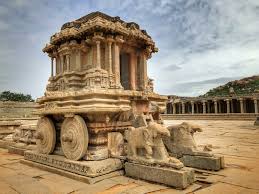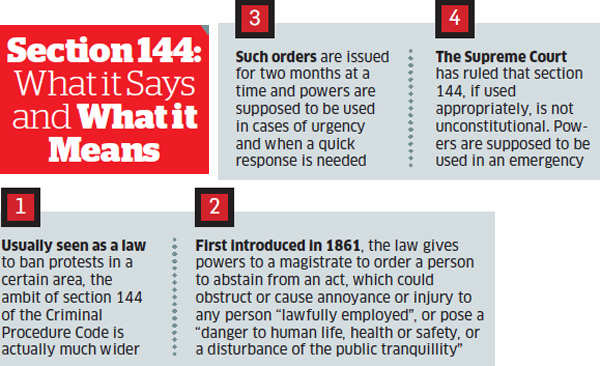Focus: GS-I Art and Culture, Prelims
Why in news?
- The tourism sector continues to face a blow this holiday season, with most travellers putting off plans by choosing to stay safe in the light of COVID-19 threat and some key heritage places such as Hampi being closed for a week as part of precautionary measure.
- Ballari Deputy Commissioner ordered the closure of heritage sites in Hampi exercising powers vested under Section 144(3) of the Code of Criminal Procedure CrPC.
- The restrictions on entry of visitors to India has also contributed to the low footfall.
- Tourist attractions in Kodagu too will be closed for a week.
Hampi

- Hampi, also referred to as the Group of Monuments at Hampi, is a UNESCO World Heritage Site located in east-central Karnataka, India.
- It was the capital of Vijayanagara Empire in the 14th century.
- Located in Karnataka near the modern-era city of Hosapete, Hampi has been described by UNESCO as an “austere, grandiose site” of more than 1,600 surviving remains of the last great Hindu kingdom in South India.
- Hampi is situated on the banks of the Tungabhadra River in the eastern part of central Karnataka near the state border with Andhra Pradesh.
- The architecture is built from the abundant local stone.
- The dominant style is Dravidian.
Stone Chariot in Hampi
- The iconic Stone Chariot is actually a shrine dedicated to Garuda, built inside the Vittala Temple Complex.
- The massive sculpture of Garuda, Lord Vishnu’s escort once was seated atop the chariot but it is empty at the present date.
- The Hampi Chariot has earned its name among the other three famous stone chariots in India- One in Konark, Odissa, and the other in Mahabalipuram (Tamil Nadu).
Vittala Temple Complex
- The Virupaksha temple is the oldest shrine, the principal destination for pilgrims and tourists, and remains an active Hindu worship site.
- Parts of the Shiva, Pampa and Durga temples existed in the 11th-century; it was extended during the Vijayanagara era.
- The temple is a collection of smaller temples, a regularly repainted, 50-metre (160 ft) high gopuram, a Hindu monastery dedicated to Vidyaranya of Advaita Vedanta tradition, a water tank (Manmatha), a community kitchen, other monuments and a 750 metres (2,460 ft)-long ruined stone market with a monolithic Nandi shrine on the east end.
What is Section 144?

- Section 144 CrPC, a law retained from the colonial era, empowers a district magistrate, a sub-divisional magistrate or any other executive magistrate specially empowered by the state government in this behalf to issue orders to prevent and address urgent cases of apprehended danger or nuisance.
- The magistrate has to pass a written order which may be directed against a particular individual, or to persons residing in a particular place or area, or to the public generally when frequenting or visiting a particular place or area.
- In emergency cases, the magistrate can pass these orders without prior notice to the individual against whom the order is directed.



